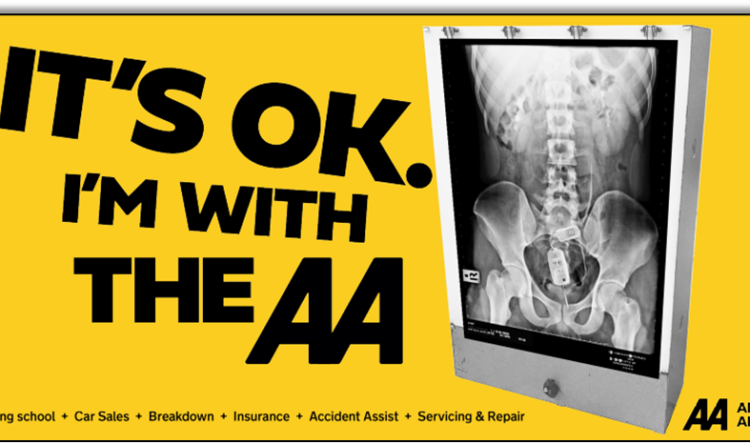Speeding and driving
Do we really think enough about our speed behind the wheel?
Speeding is one of the ‘Fatal Four’ and is cited as a direct cause for 95% collisions in the UK, whether that is driving in excess of the speed limit or driving too fast for the road conditions, at any given time.
With this in mind, should ADIs be doing more to educate their students about speeding?
Changing gear
Having analysed data from over 21 years of collision and incident investigations, I have identified a number of significant areas of concern:
- Why drivers speed
- Drivers did not think speeding is a major offence
- Drivers did not know the speed limit for the road they were driving on
- Drivers did not understand the effect of speed and braking
- Drivers were poor at estimating distances and did not know how to calculate this
- Drivers thought braking systems on their vehicles would reduce their stopping distance
- Drivers did not know larger vehicles (vans, buses, HGVs etc.) took longer to stop than a car
What is interesting when working with learner drivers, or those who have just passed their driving test, is the main points they say their ADI told them about speed:
- Do not speed because it is illegal
- Speeding is dangerous
- How to remember the Highway Code stopping distance.
This is quite an eye opener for me. If these are the main points students pick up, are they enough?
Of my original seven bullet points it seems drivers speed because they want to, or for the thrill of it or because they think their vehicle handling skills are good enough. However, considering their comments, most drivers unknowingly speed because they are not concentrating at the time.
Therefore, the following information regarding the remaining bullet points may help ADIs educate their students on this issue more effectively.
Speeding is a serious criminal offence
This needs to be embedded into driving culture from the very beginning.
Consider the following facts:
- 83% of drivers admit to driving over 25mph in a 20mph zone.
- 76% of drivers admit to driving over 35mph in a 30mph zone.
Penalties need to be discussed and explained in detail. From the financial implications, penalty points, driving bans and potential of imprisonment for causing death by careless or dangerous driving, where speed is an aggravating feature, it all needs to be discussed and embedded in the psyche of the driver.
The very serious consequences need to be clearly explained and reinforced throughout the learning, how it can seriously affect students personally and how it can have serious consequences for others involved. This is true whether involved in minor, serious, catastrophic or fatal collisions. The ugly truth needs to be explained and how the results of speeding can catastrophically affect them for the rest of their lives.
Ignorance of the speed limit is no excuse
The following is a shocking fact. It’s been highlighted in surveys by Brake, RAC and Direct Line:
- 43% of drivers are unable to identify the national speed limit sign.
How can this be the case?
The need to understand the effect of speed and braking
More education about speed and braking distances is a must, and there is one very simple fact can be shared to emphasise this.
ADIs need to advise their students that you wipe out 50% of your speed in the last five metres of braking! This is regardless of how fast you think you can react and brake, it is a fact that does not change and most impacts in collisions occur within the first couple of seconds of braking.
The video in the following link explains this excellently, so please share with your students:
https://www.youtube.com/watch?v=ZfdbeecfiJo
Estimating distances and how to calculate them
It is one thing knowing the stopping distances detailed in the Highway Code off by heart, but it is another thing to apply them behind the wheel.
Students need to understand how far they are travelling per second to fully understand the importance of stopping distances. The following diagram make this very easy to understand.

To help judge these distances, ADIs could provide the following guidance to students:
- Long broken single white line in the centre of the road repeats on average every 5m
- The five long single broken white lines start on average at 25m before a ‘Give Way’ junction
- Lampposts are generally 25m apart in built up areas and 50m apart on dual carriageways
Brakes stop vehicles
ADIs need to explain to students that the new braking systems improve control of the vehicle under severe braking rather than reducing stopping distances. It is a driver’s reaction time and the vehicles initial speed that are still the main factors for safe braking and shorter stopping differences.
It is also worthwhile advising students that a 1% increase in speed increases the likelihood of having a fatal collision by 4%.
Larger vehicles take longer to stop than cars
ADIs need to advise students that larger vehicles take longer to stop then their own car. It means you cannot expect a lorry or bus, for example, to slow down or stop as quickly as a car, and this needs to be in driver’s minds when doing anything that might mean a vehicle has to slow down or stop in any scenario.

Do your students know vans, buses and HGVs can take anything from 10% to 33% longer to stop under normal braking than a cars standard stopping distance, as highlighted in the image above?
This is an especially important fact to get across and to understand. Cutting in front of any of these vehicles is not worth the risk, if the space they are trying to get into is very small!
Andrew Drewary is the Managing Director at Road Safety Smart.
If you would like to know more about this topic and available training courses, please contact Andrew on 07817 043824 or email [email protected] and quote Intelligent Instructor.






